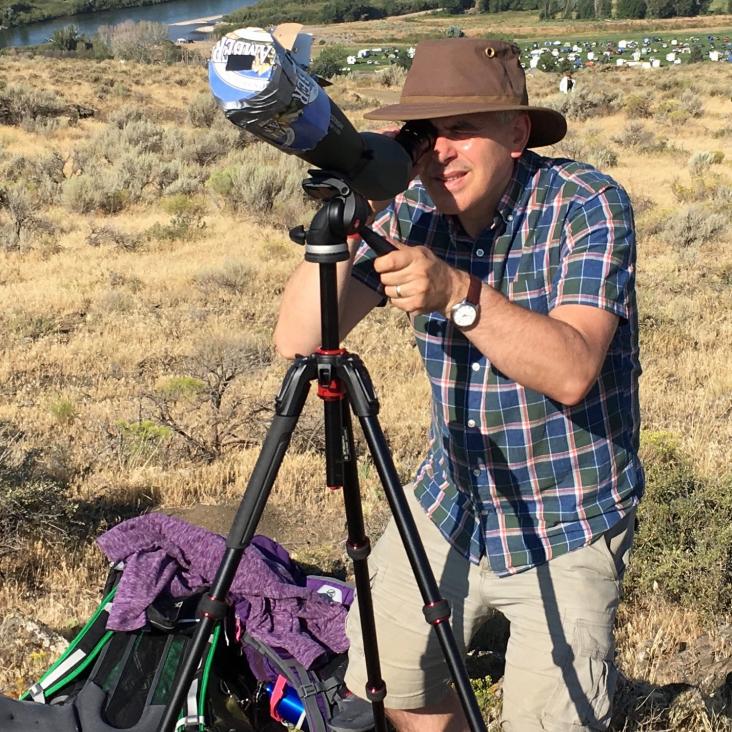First Detection of Spectral Variations of Anomalous Microwave Emission
with QUIJOTE and C-BASS
Authors:
R Cepeda-Arroita, S Harper, C Dickinson, Ja Rubiño-Martín, Rt Génova-Santos, Angela C Taylor, Tj Pearson, M Ashdown, A Barr, Rb Barreiro, B Casaponsa, Fj Casas, Hc Chiang, R Fernandez-Cobos, Rdp Grumitt, F Guidi, Hm Heilgendorff, D Herranz, Lrp Jew, Jl Jonas, Michael E Jones, A Lasenby, J Leech, Jp Leahy, E Martínez-González, Mw Peel, F Poidevin, L Piccirillo, Acs Readhead, R Rebolo, B Ruiz-Granados, J Sievers, F Vansyngel, P Vielva, Ra Watson
Abstract:
Anomalous Microwave Emission (AME) is a significant component of Galactic
diffuse emission in the frequency range $10$-$60\,$GHz and a new window into
the properties of sub-nanometre-sized grains in the interstellar medium. We
investigate the morphology of AME in the $\approx10^{\circ}$ diameter $\lambda$
Orionis ring by combining intensity data from the QUIJOTE experiment at $11$,
$13$, $17$ and $19\,$GHz and the C-Band All Sky Survey (C-BASS) at $4.76\,$GHz,
together with 19 ancillary datasets between $1.42$ and $3000\,$GHz. Maps of
physical parameters at $1^{\circ}$ resolution are produced through Markov Chain
Monte Carlo (MCMC) fits of spectral energy distributions (SEDs), approximating
the AME component with a log-normal distribution. AME is detected in excess of
$20\,\sigma$ at degree-scales around the entirety of the ring along
photodissociation regions (PDRs), with three primary bright regions containing
dark clouds. A radial decrease is observed in the AME peak frequency from
$\approx35\,$GHz near the free-free region to $\approx21\,$GHz in the outer
regions of the ring, which is the first detection of AME spectral variations
across a single region. A strong correlation between AME peak frequency,
emission measure and dust temperature is an indication for the dependence of
the AME peak frequency on the local radiation field. The AME amplitude
normalised by the optical depth is also strongly correlated with the radiation
field, giving an overall picture consistent with spinning dust where the local
radiation field plays a key role.


